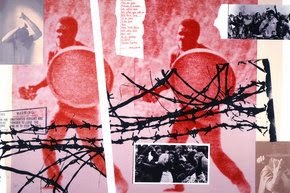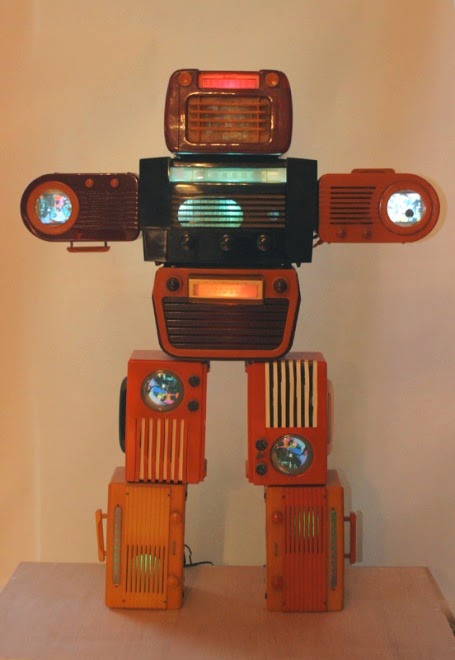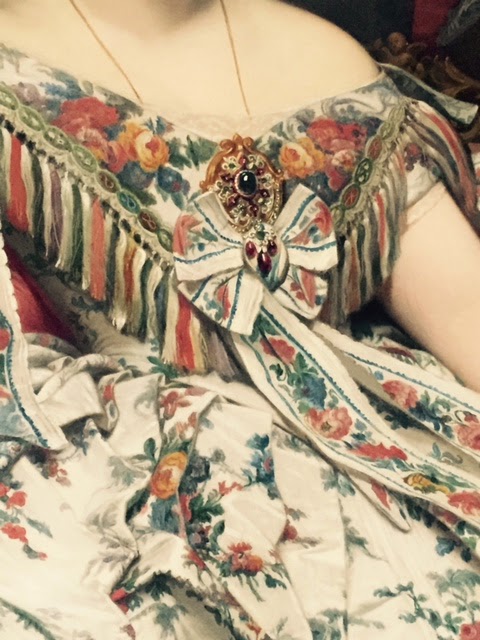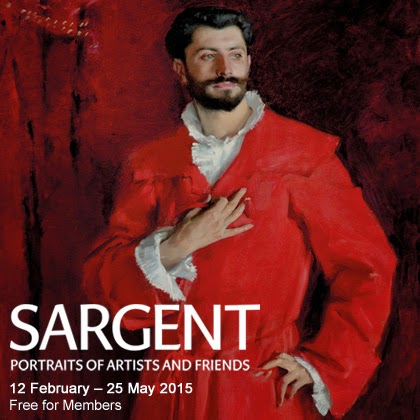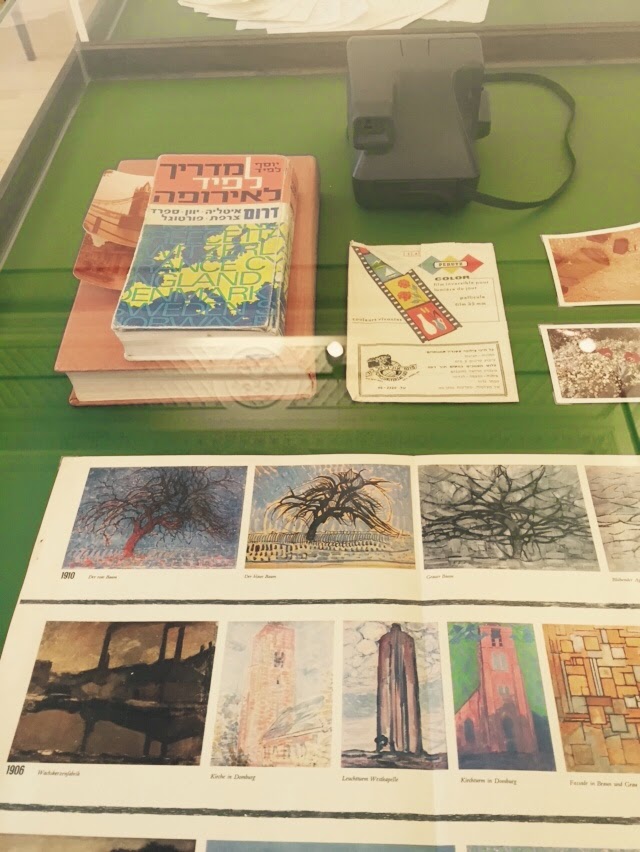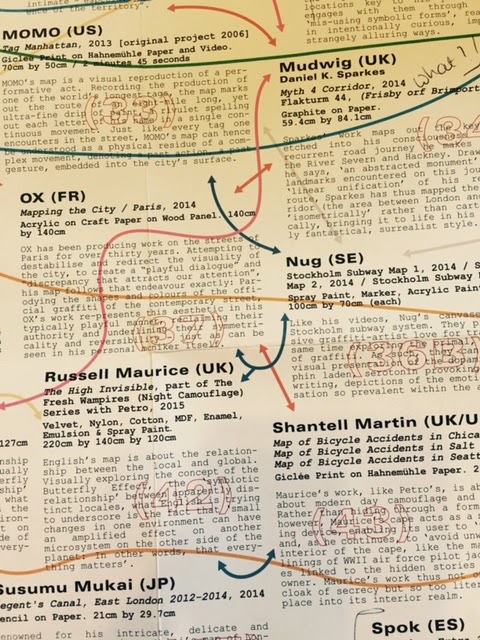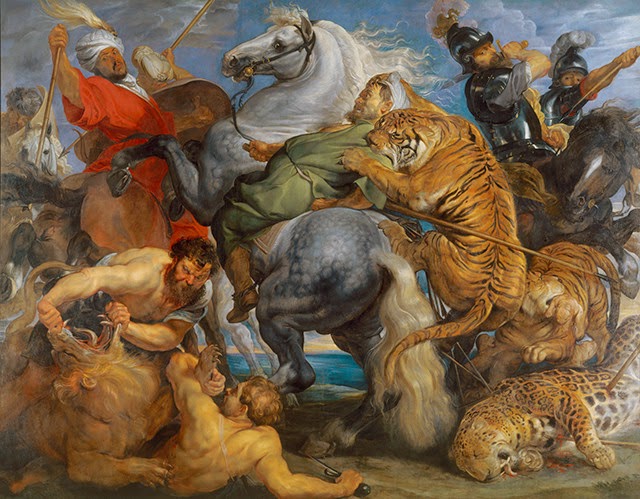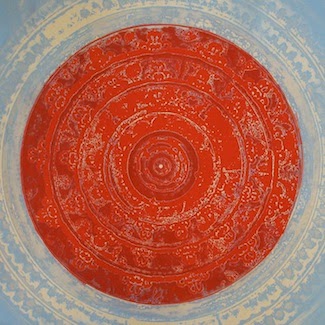Blue and White: British Printed Ceramics

Lovely exhibition at the Victoria and Albert Museum on English blue and white china. I have to admit I am very biased towards this show as my parents collected blue and white and I grew up in a house full of it and with conversations about the different factories and the inspirations for the designs. I now have a small display in my bedroom of the pieces I kept from the collection. I liked the fact this show combined the original works and contemporary takes on them but at times felt the contemporary takes took over. I so want a set of the Richard Rogers plates with the Thames running across them but 6 plates took up a lot of space in a small show. The themes were good and my favourite section was the one called “Life and times – everyday life and famous people” as this had more of the early 19th works in it plus more of the genres that my parents collected. I loved the commemorative works and felt quite emotional over a Vauxhall Gardens plate. I think my Father knew

